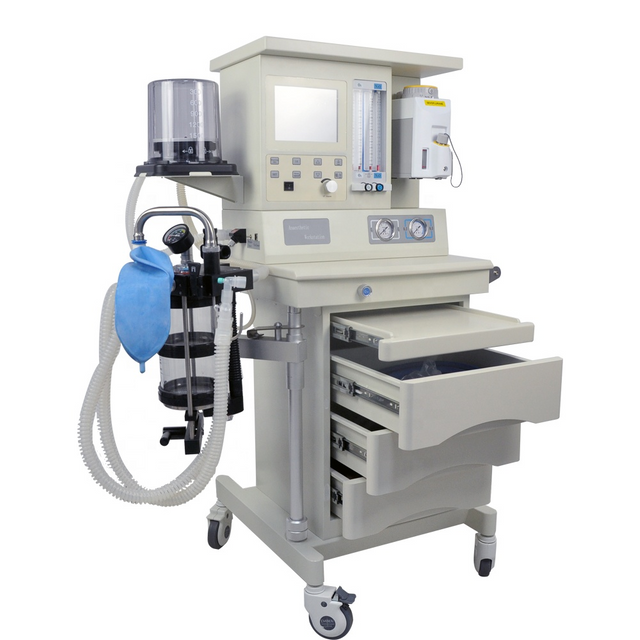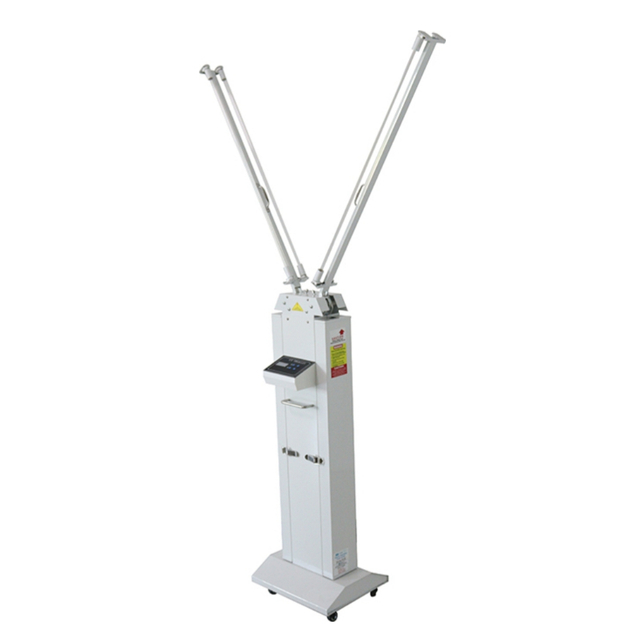- All
- Product Name
- Product Keyword
- Product Model
- Product Summary
- Product Description
- Multi Field Search
Views: 0 Author: Site Editor Publish Time: 2025-04-23 Origin: Site









Have you ever noticed how surgical equipment is often wrapped in green? It’s more than just a color choice. Surgeons spend hours focused on blood-red tissues, and the wrong color can cause eye strain. Green, however, is the perfect solution. It helps reset their vision and improves focus.
In this article, we’ll discuss why green is the preferred color in surgical settings. We’ll look at the science behind it, how it helps surgeons see better, and its positive impact on patient safety. You’ll also learn how surgical lights play a key role in this process.
Green is the opposite of red on the color wheel. During surgery, surgeons often focus on red tissues and blood, which can strain their eyes. Green provides a visual contrast, helping surgeons distinguish between shades of red and pink. It’s like pressing a “reset” button for their eyes.
Surgeons can experience eye fatigue from staring at red tissues under bright surgical lights for hours. When surgeons focus on red, the green contrast helps reduce strain. This makes it easier to perform delicate procedures without discomfort.
The main advantage of green is that it makes it easier for surgeons to distinguish subtle differences in tissues. With green, they can clearly identify tissues and blood vessels, reducing the risk of errors. For instance, in neurosurgery, surgeons need to differentiate between healthy and damaged tissue. Green allows them to do this with more precision.

You might wonder why surgeons don’t just use other colors like purple or yellow. The answer is simple: green and blue are the opposite of red on the color spectrum, which makes them more effective in reducing eye strain and improving focus. While blue also works, green is the more soothing option, making it ideal for operating rooms.
Historically, surgeons wore white for cleanliness. However, as lighting in operating rooms became brighter, the glare from white became too harsh. In 1914, a surgeon in San Francisco switched to green to reduce eye strain. This idea quickly spread, and green became the standard color for surgical scrubs and equipment.
Reduces Eye Strain: Green provides a soothing contrast, helping to alleviate the visual fatigue caused by red.
Improved Focus: Green helps surgeons focus better on the shades of red and pink in tissues.
Calming Effect: Green is associated with health and well-being, reducing stress for both the surgeon and the patient.
Hides Stains: Unlike white, green is more effective at masking bloodstains, making the operating room less distracting.
Surgeons didn’t always wear green or blue. In the early 20th century, they wore white to signify cleanliness. However, the harsh glare from white in bright surgical lights led to visual fatigue. Surgeons started to wear green and blue scrubs, which offered a more comfortable visual environment. These colors also helped eliminate the "ghosting" effect, where red images lingered on white surfaces after a surgeon looked away.

Surgical lights provide bright, focused illumination, which is critical during operations. However, the brightness can also cause strain. The use of green in the operating room helps counteract the glare from surgical lights, allowing the surgeon to see more clearly without discomfort. This combination of green scrubs and surgical lights is a powerful tool for improving surgical outcomes.
It's not just the color of the surgical equipment that matters. The quality of surgical gowns and wraps is also crucial. These garments need to be durable, breathable, and sterile to ensure a safe and comfortable environment for both the patient and the medical staff.
| Feature | Green Surgical Equipment | Other Colors |
|---|---|---|
| Visibility | Helps see shades of red and pink | Less contrast with red |
| Eye Comfort | Reduces eye strain and fatigue | Higher eye strain |
| Stain Concealment | Hides bloodstains more effectively | Bloodstains more visible |
| Calming Effect | Associated with health and well-being | No specific calming effect |
| Sterility | High standards for sterilization | Depends on fabric quality |
Wrapping surgical equipment in green isn’t just a tradition; it’s a carefully considered decision. Green helps reduce eye strain, improves visibility, and contributes to a calming, comfortable environment for both surgeons and patients. As veterinary surgical lights and surgical lights continue to evolve, the importance of green in the operating room will remain crucial for ensuring safety and precision during procedures.
At Paixie Packaging, we understand the need for high-quality, reliable solutions in healthcare. Our focus is on providing sterilized, durable, and efficient packaging solutions that support the needs of the medical industry. Come visit us!
Q: Why is surgical equipment wrapped in green?
A: Green is the complementary color to red. It helps surgeons reduce eye strain and focus better during surgeries involving red tissues and blood.
Q: Are surgical lights sterile?
A: Yes, surgical lights are designed to maintain a sterile environment by using materials that are easy to clean and disinfect.
Q: How bright are surgical lights?
A: Surgical lights can be very bright, often reaching up to 100,000 lux. This brightness helps ensure that surgeons can clearly see every detail during procedures.
Q: What temperature are surgical lights?
A: Modern surgical lights are designed to remain cool to prevent overheating. LED lights, in particular, emit less heat compared to older light sources like halogen lamps.
Q: Who invented surgical lights?
A: Surgical lights were invented in the early 20th century, evolving over time to improve visibility and reduce eye strain during surgeries.